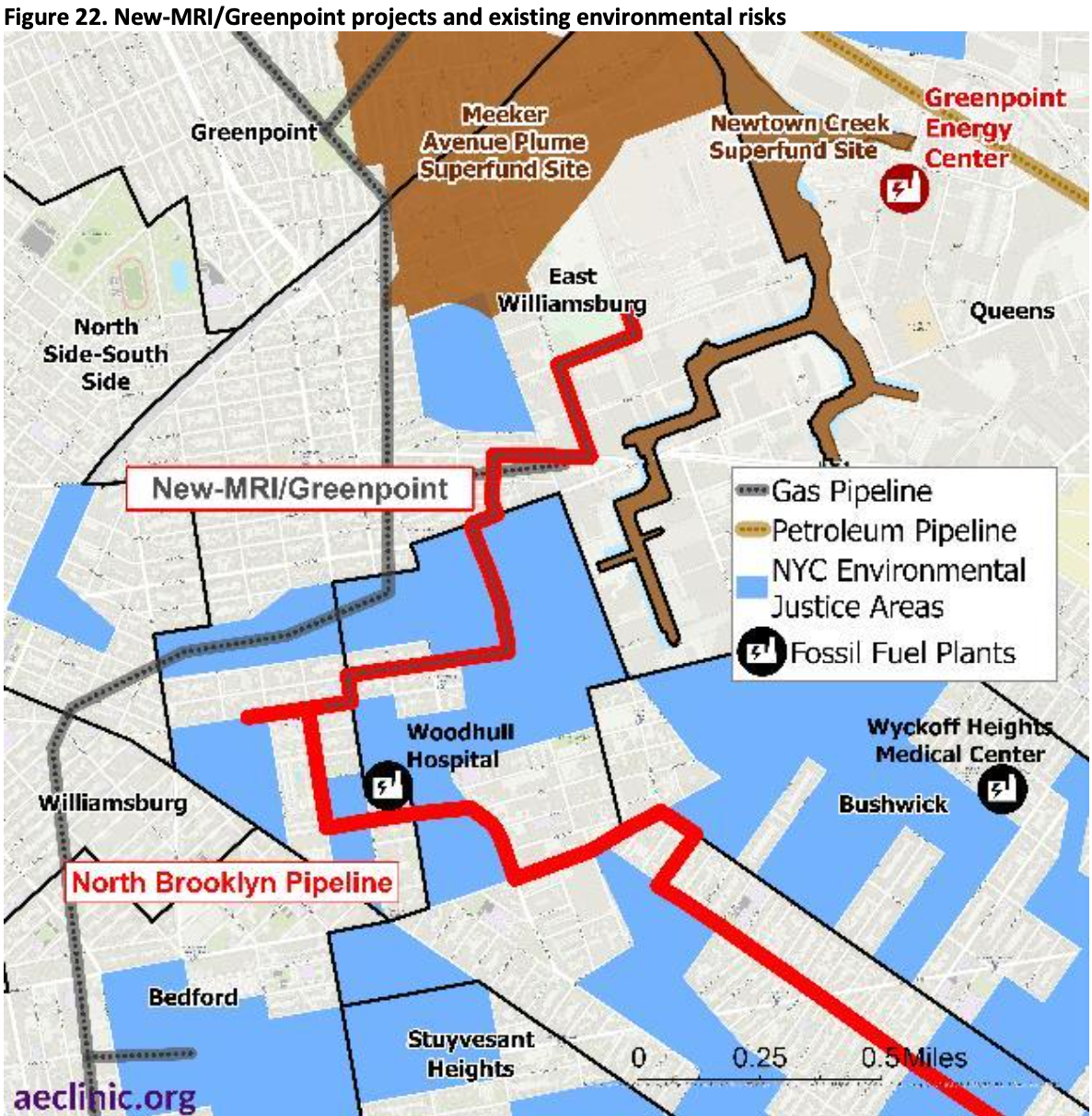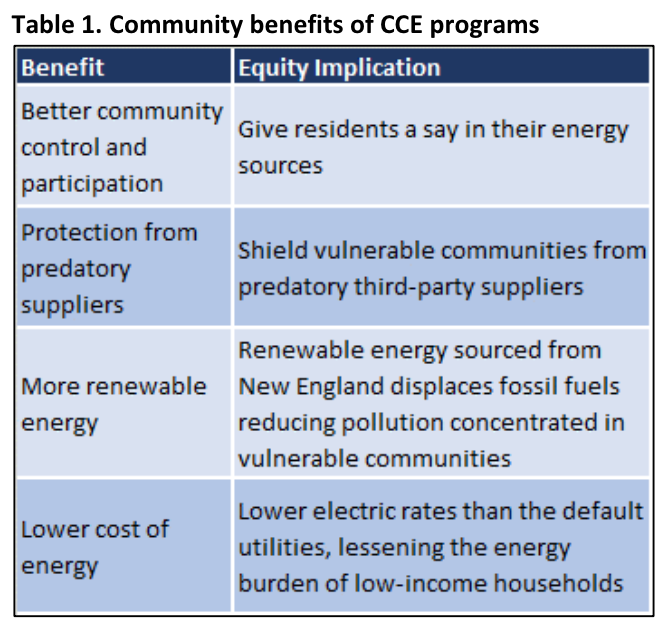Authors: Bryndis Woods, PhD, Joshua R. Castigliego, Elisabeth Seliga, Sachin Peddada, Tanya Stasio, PhD, Liz Stanton, PhD
June 2022
Senior Researcher Bryndis Woods, PhD, Researcher Joshua Castigliego, Assistant Researchers Elisabeth Seliga and Sachin Peddada, Researcher Tanya Stasio, PhD, and Senior Economist Liz Stanton, PhD prepared a report that assesses New Jersey’s current clean energy workforce, identifies barriers to green jobs that impede access to—and equitable representation within—the clean energy sector, and provides recommendations regarding how the State of New Jersey can shape policy and regulations to enhance the equity, diversity and inclusion of its clean energy jobs. AEC staff find that there are important barriers to green jobs that reinforce existing inequities in New Jersey’s clean energy workforce, including: educational/experience barriers, logistical barriers, equitable access barriers, and institutional barriers. Achieving a future of clean energy jobs in New Jersey that is diverse, equitable and inclusive will require overcoming barriers to green jobs with intentional efforts targeted at marginalized and underrepresented groups, such as racial/ethnic minorities, women, low-income households, and people with limited English proficiency.
In a companion publication to this report—Economic Impacts of a Clean Energy Transition in New Jersey—AEC assesses the job and other economic impacts associated with achieving a clean energy transition in New Jersey over the next few decades.
Link to Report
Link to Presentation
Link to Press Release
Media Coverage - NJBiz - June 9, 2022
Media Coverage - NJ Spotlight News - June 8, 2022
Media Coverage - Asbury Park Press - June 8, 2022
Media Coverage - NJ101.5 - June 7, 2022
Return to Our Work



















